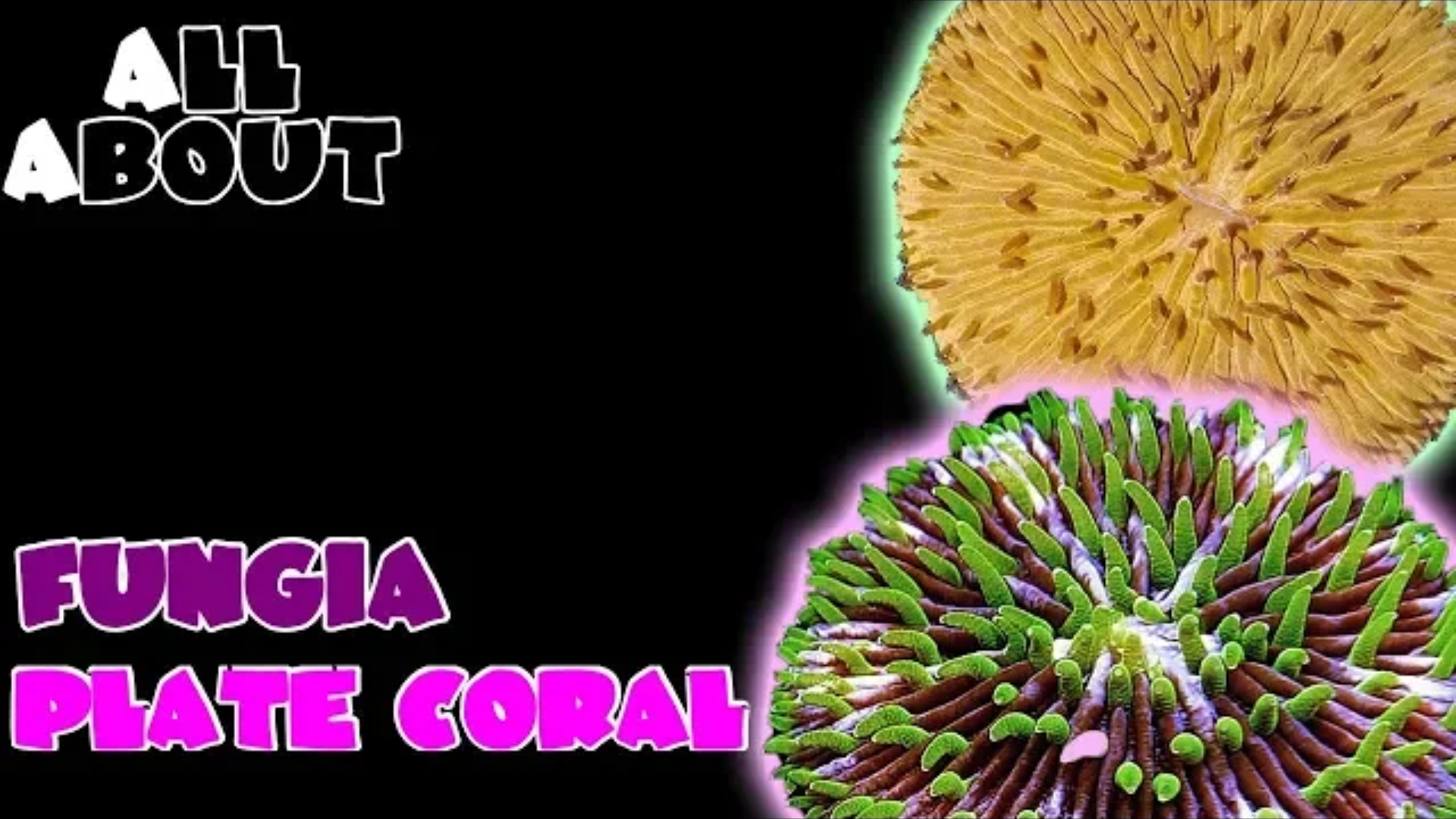the Fungia /Plate coral/the Long Tentacle Plates: complete care guide
- Dec 10, 2020
- Anshika Mishra
- 1538 0 0

This is an immensely popular coral amongst the reef keeping hobbyist and is known as the Fungia or Plate coral or the Long Tentacles Plates.
QUICK OVERVIEW
PRICES: You will normally have to spend about $60 for good color and decent sized Fungia coral, a lot of neon oranges and neon greens run about that price. For some of the rare and crazy colors and long tentacles, you will definitely have to spend more than 100 bucks.
CARE LEVEL: They are super easy coral to take care of, you will probably never run into problems with them.
WATER PARAMETER
TEMPERATURE: You would like to keep the temperature between 72-78 degrees. It is recommended to keep the temperature a bit warmer and stable.
dKH: 8-12
pH: 8.1-8.4
SALINITY: 1.023-1.025
TANK SIZE: It doesn't really matter, just make sure that you are keeping all your mineral levels right.
APPEARANCE
COLORS: There are a ton of colors to choose from when it comes to these corals. Neon green and neon orange are the most common ones, there are also some of these corals which have pink on them, some purple and red. Some with crazy colors and long tentacles look super cool under good lightning.
ORIGIN: They do come from Australia.
VENOMOUS: The tentacles of this coral are very short (with exception of long tentacles species) and it is very unlikely that they will ever hit another coral. As a matter of fact, yes they are venomous, so they can technically hit other corals in some unfortunate cases. Therefore you need to put them on the spot so that they can sway and thrive without hitting on nearby corals.
PLACEMENT: It is definitely recommended to place them at the bottom on the sand. Do not put them on live rocks because they can actually move, they are one of the only LPS corals that can actually move around the tank. They will not shift much but they will move a little to the left or a little to the night overnight.
So, the main reason behind not placing them on top is because they will jump off the rock and they will end up in crevices and you will forget about them and then they won't be getting light, by the time you will notice their absence, they might be damaged beyond repair.
CURRENT: A low current is usually perfect for them, this way they can inflate and look really big and nice, but you still want some current on them so they can feed.
CARE GUIDE
DIET: They are photosynthetic and they will feed off the light but they also do love eating pellets. With their little mouth right at the center, you can just drop some and they will immediately open up and start eating it. Providing additional food also helps the coral to get bigger and helps maintain those nice colors of them for a long time.
INFLATING: Do know that they inflate like little balloons? They can almost get double in size from what you see when they are shrunk. It helps them in getting light better and also prevents them from getting buried in the sand.
DO NOT FRAG these corals, like breaking them up into pieces are very risky and most of the time you do not find that they grow back well. So just let them live, they will get pretty big and will look really nice in your tank. The only way you will see them grow in the tank is when you have a really big one in the reef and they ended up dying but you kept the skeleton in there and little babies of these corals will start to grow on.







About author